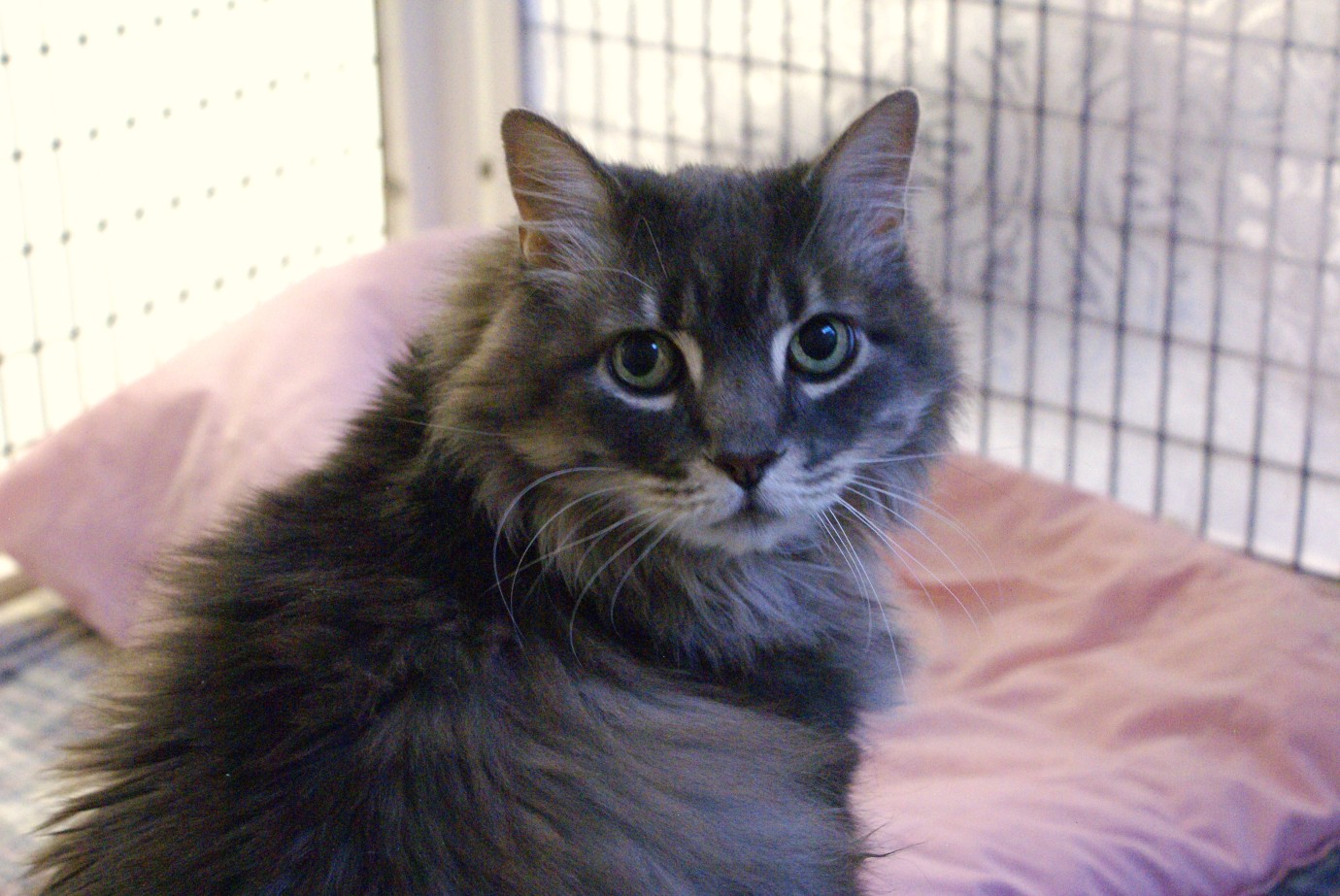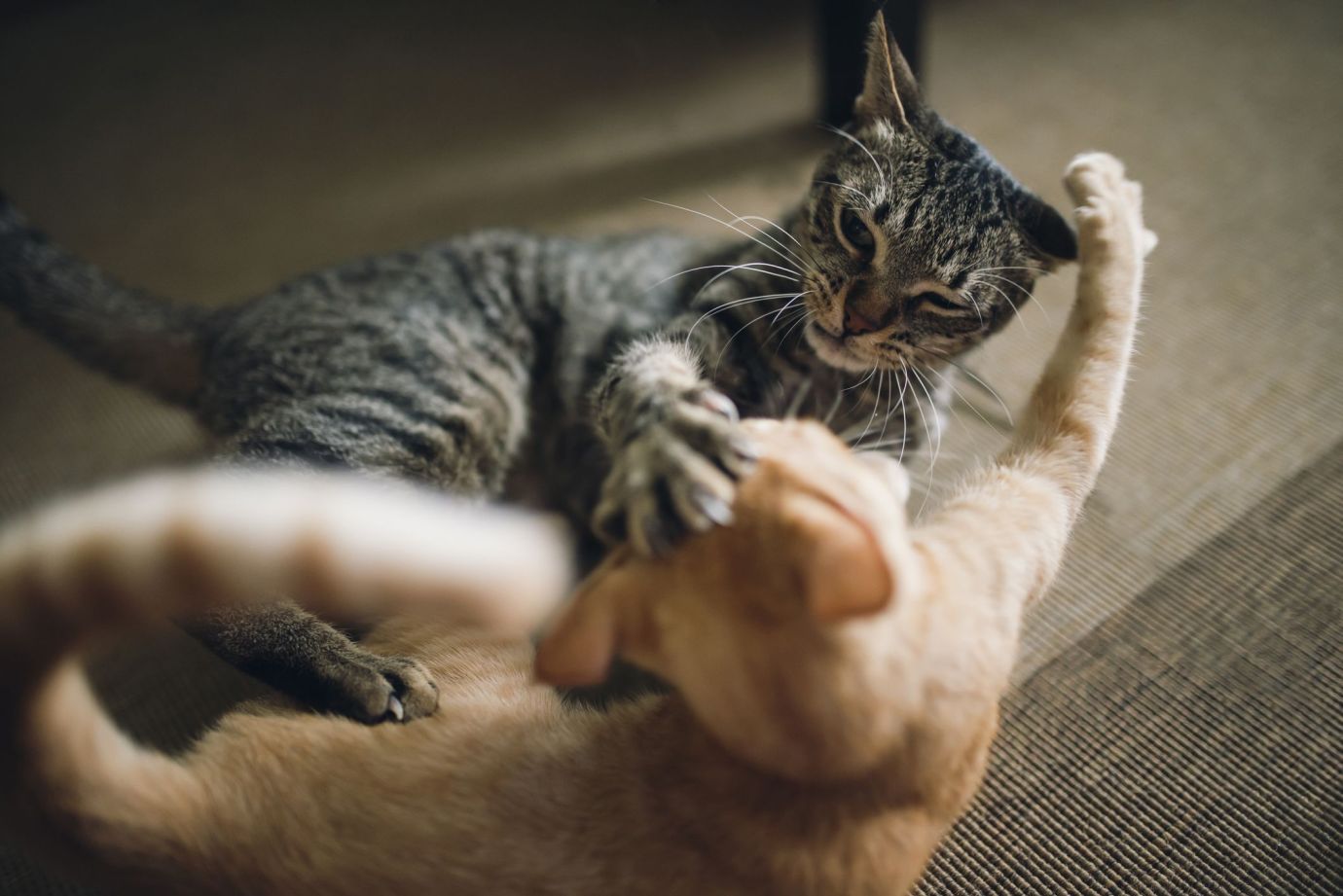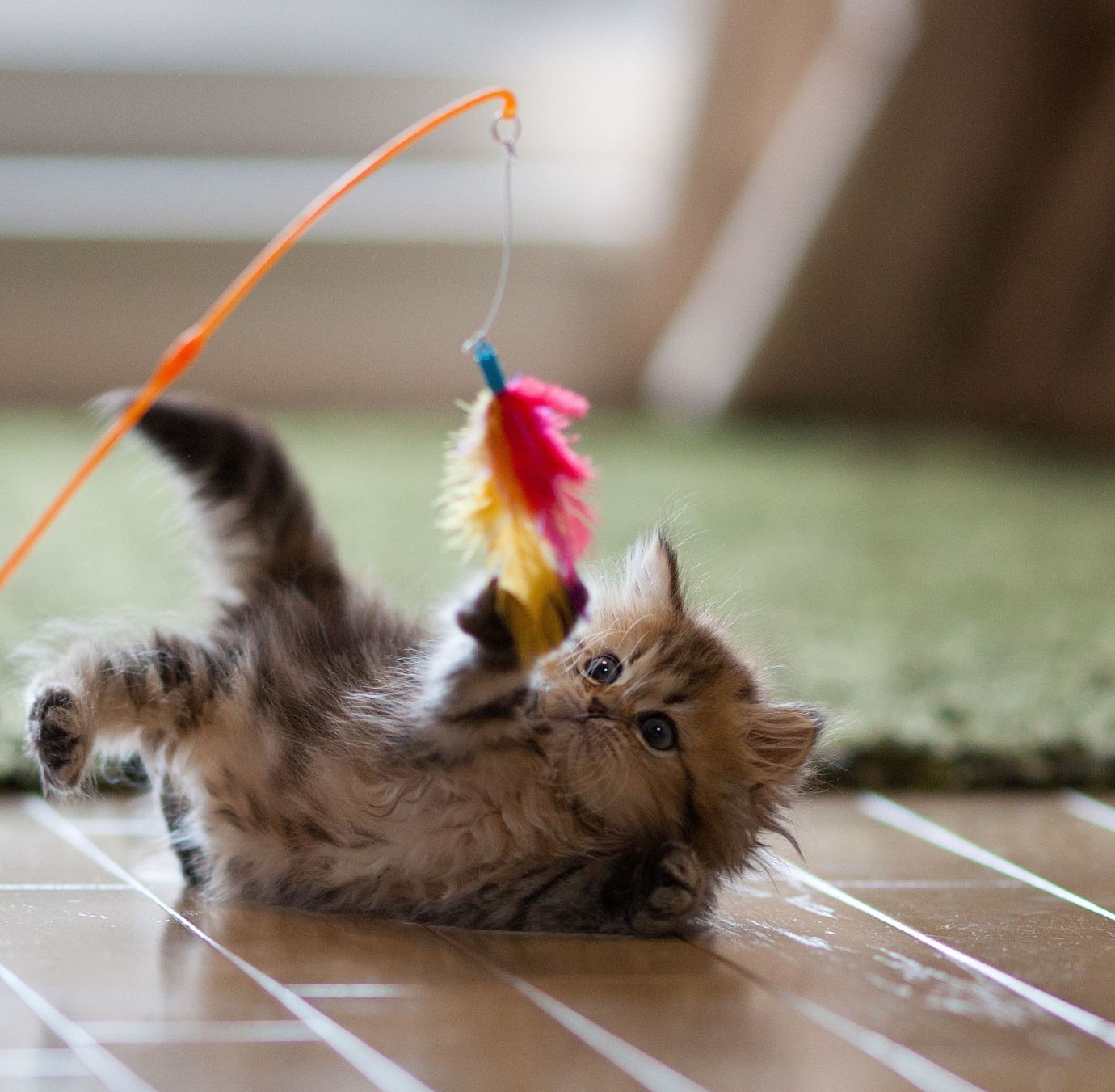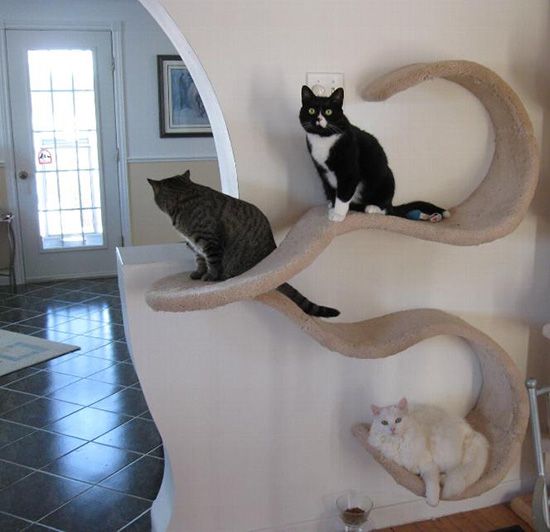Cats possess the widest range of vocalizations of any domestic pet next to birds. The meowing of a cat is almost exclusively used to communicate with humans and known to be the most heard cat sound. During kittenhood, mew (shorten version) is uttered by kittens in need of their mother. This juvenile vocalization fades away as cats mature into adulthood. Older cats often meow more because of failing senses or due to anxiety over not being as nimble as before.
The frequency of meowing is an indicator of a cat’s frame of mind. An insistent leg weaves, rapid-fire meows means she is excited to share something with you or requesting your attention to her. A longer, more plaintive meowing can indicate worry, annoyance, or objection to something. In general cats’ communication, meow usually mean “pay attention to me” and are employed when your cat wants something, either attention or food. It can also simply means “hello”.
Other common cats sounds are:
Chattering is a rapid clacking of the teeth sometimes heard when a cat is ready to pounce on prey. This sound is thought to be an indicator of a cat’s predatory excitement and of her stress at not being able to get to the prize.
Hissing is a defensive sound, usually accompanied by laid-back ears and sometimes by hair standing on end. Hissing depends very much upon the individual cat’s perception and level of comfort. Friendly felines hiss at each other to let them know something has made them unhappy.
Growling sometimes accompanies hissing, and is a sign of displeasure. It is often an indicative of fear, anger or territorial threat. Domestic cat’s growling are of a higher pitch and can start or end with a yowl.
Yowling (low-pitched) is a sign of discomfort or frustration. Cats who does not like to travel when put in her carrier can uttered low-pitched yowling sound.
Caterwauling is loud yowling uttered by females in heat when calling out to prospective mates.
Screaming sound is often associated with the pain of the female cat experienced during the mating process. Cats in the midst of a fight may also scream.









